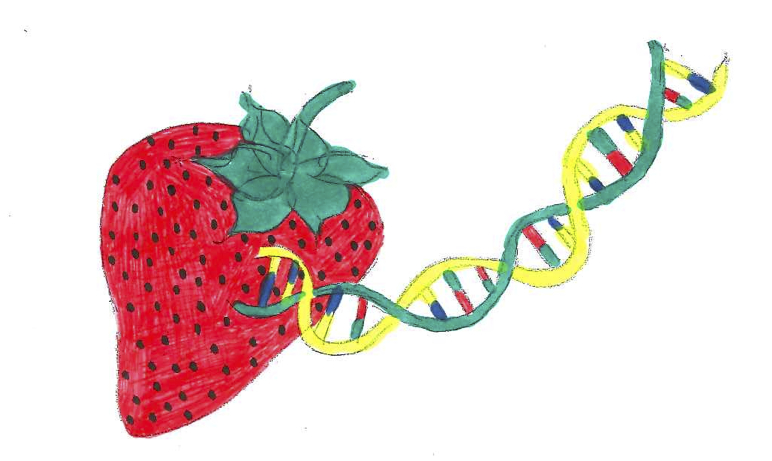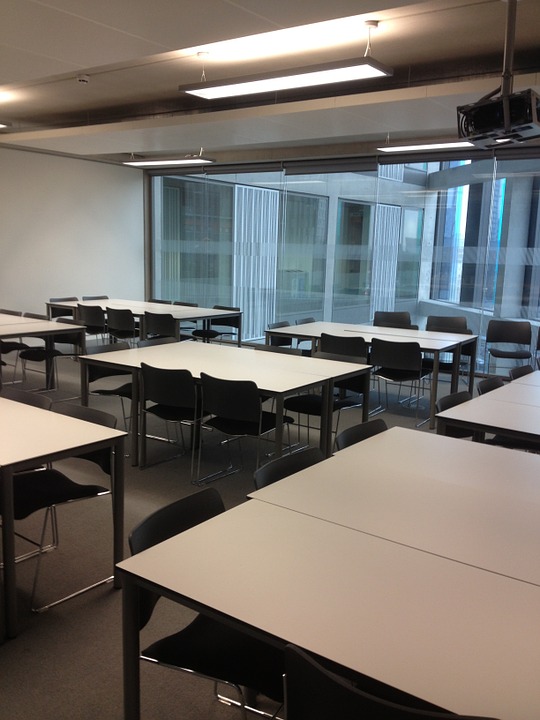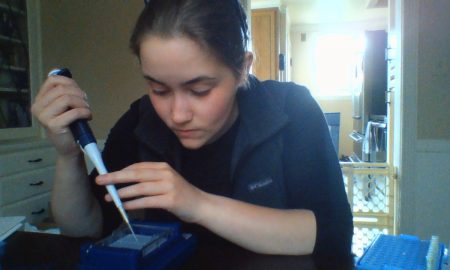Three key steps to transforming bacteria
Bacterial transformation is the process in which bacteria take up DNA from their environment. In molecular biology labs, this technique is used to introduce into bacteria a DNA sequence of interest – typically, a plasmid. (To learn about the essential elements of plasmids, check out our blog post outlining the key features of plasmids.) If the plasmid being transformed includes a functional gene, this gene can even be expressed by the bacterial cell to produce a protein.
Scientists can use transformation to “genetically engineer” bacteria with new functions that are useful to humans. Here are some examples of things that genetically engineered bacteria can do for us:
- Genetically engineered bacteria can generate cleaning enzymes used in laundry detergents.
- Genetically engineered bacteria can produce pharmaceuticals such as human growth hormone and insulin.
- In the future, genetically engineered bacteria may even be utilized to solve environmental problems, like breaking down plastic waste!

Bacterial transformation experiments involve three key steps:
- Plasmid uptake: The plasmid is introduced into the bacterial cells under conditions that increase the uptake of foreign DNA. These conditions may include the addition of calcium chloride, a brief high-temperature incubation known as a “heat shock”, or exposure of the bacteria to an electrical field, known as “electroporation”.
- Recovery: The bacteria need time to recover from the harsh conditions necessary for transformation. They are incubated under conditions that favor growth and enable the production of proteins encoded in the plasmid, which are necessary for the next step of “selection”.
- Selection: As few as one in every one million bacterial cells may take up the plasmid in a transformation experiment. Thus scientists need a way to isolate, or select, only those bacteria that have been transformed with the plasmid. To accomplish this, bacteria are spread on nutrient plates that contain a selective agent, typically an antibiotic that is toxic to any bacterial cells that have not taken up the plasmid, which confers antibiotic resistance.
Following these three steps, the plates are incubated at 37 °C for about one day, giving those rare transformed bacteria a chance to divide and grow. As transformants divide and give rise to new genetically identical cells, they form visible lumps on the agar that scientists call “bacterial colonies.” Because they all arose from a single progenitor cell that took up the plasmid, all cells in the colony will carry the plasmid too.
Bacterial transformation is often taught in classrooms, as it addresses several key standards in life science education. By learning this fundamental technique, students not only gain a deeper understanding of molecular biology concepts, such as gene expression and the role of DNA in inheritance, but they also learn to appreciate the many applied uses of transformation in research and industry. If you have the opportunity to perform hands-on bacterial transformation experiments in your classroom, students will actively engage in the science and engineering practices of planning and carrying out investigations, as well as analyzing and interpreting data.
If you are interested in performing transformation in your classroom our True Blue Bacterial Transformation Lab is a great way to experience the process. Our Knockout! Lab uses bacterial transformation to introduce the components of the CRISPR/Cas system into bacteria.









